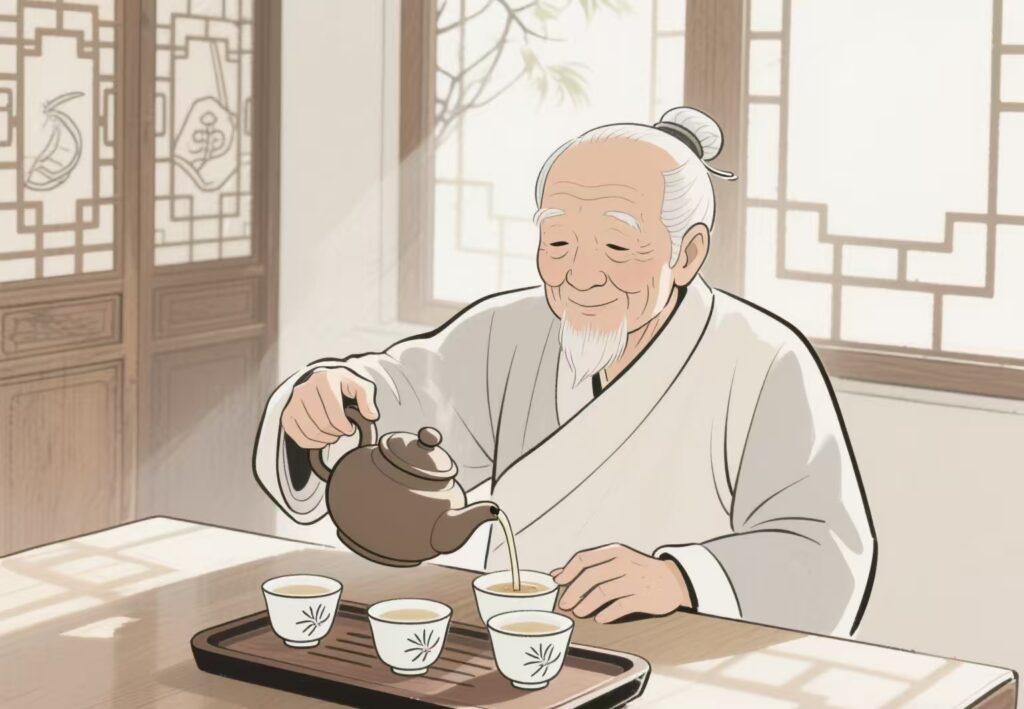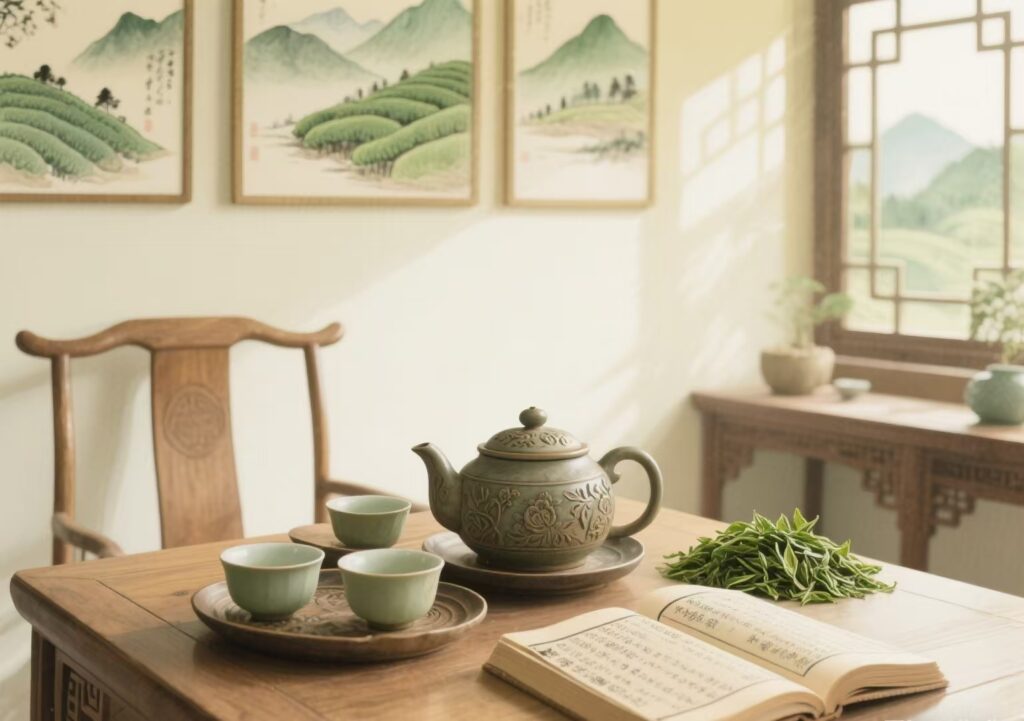In China, tea is not just a drink, it is also a culture, an art, and a philosophy of life. Tea culture, like a delicate painting, slowly unfolds, showing us a colorful world. And all of this is hidden in that small teacup.
The history of tea is long and can be traced back thousands of years. It is said that when Shennong tasted hundreds of herbs, he discovered the medicinal value of tea. Since then, tea has been closely linked to the lives of Chinese people. As time goes by, tea has gradually changed from medicinal to daily drinking, becoming an indispensable part of people’s lives.
There are many kinds of tea, including green tea, black tea, oolong tea, white tea, yellow tea, black tea, etc. Each kind of tea has its own unique flavor and production process. Green tea is fresh and pleasant, black tea is mellow and sweet, oolong tea is fragrant, white tea is light and refreshing, yellow tea is soft and sweet, and black tea is mellow and sweet. Each kind of tea represents the local customs and customs of different regions in China, reflecting the natural environment and cultural characteristics of each place.
Tea tasting is an art and also a kind of cultivation. In the process of tea tasting, people can not only taste the deliciousness of tea, but also appreciate the profound connotation of tea culture. When brewing tea, the water temperature, teaware, brewing time and method are all very particular. If the water temperature is too high or too low, or the brewing time is too long or too short, it will affect the flavor of the tea. When tasting tea, you should observe its color, smell its fragrance, taste its flavor, and savor every detail of the tea.
Tea ceremony is an important part of tea culture. It is not just a ritual of drinking tea,It is also a way to cultivate one’s character. In the tea ceremony, people cultivate their mind and achieve inner peace and tranquility through the process of brewing and tasting tea. Every movement in the tea ceremony requires precision and elegance, reflecting the “harmony” and “tranquility” in traditional Chinese culture.

Tea culture is also reflected in tea art performances. With their exquisite skills, tea artists turn the process of making tea into a feast for the eyes and taste. Every movement of theirs is full of poetry, making people feel as if they are in a beautiful landscape painting.
Tea culture has also deeply influenced Chinese literature, painting, music and other fields. Many literati like to recite poems and paint after tasting tea, and have created many masterpieces with tea as the theme. Tea has become an indispensable part of Chinese culture.
In modern society, tea culture is still full of vitality. Whether in a busy city or in a quiet countryside, people like to make a pot of tea in their spare time and enjoy a moment of tranquility. Teahouses and tea rooms are everywhere, and have become a good place for people to exchange ideas and relax.
Tea is not just a drink, it is also a culture, an art, and a philosophy of life. It teaches us how to appreciate life, how to cultivate our character, and how to live in harmony with nature. The culture hidden in the teacup is worth every one of us to savor and deeply understand.

